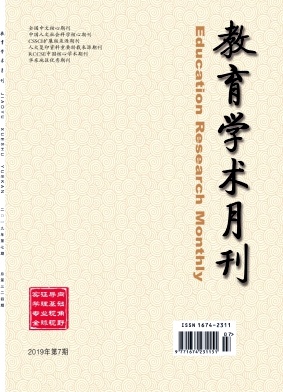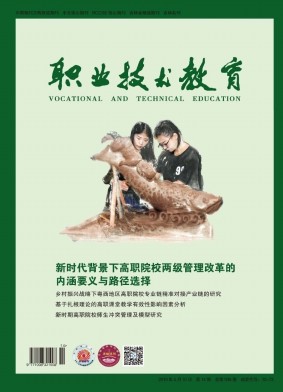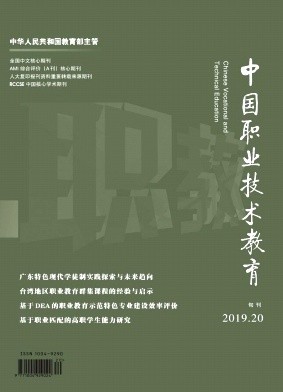摘要 尿液是代谢组学研究中主要关注的体液样本之一。尿液样本中的代谢物浓度受饮食、疾病等因素影响变异较大,这极大阻碍了高质量组学数据的获取和可靠生物标志物的鉴定。研究为克服尿液样本的浓度变异性,在原始数据采集前,根据样本渗透压的大小,针对性地调整进样量或者稀释样本,从而确保代谢组学分析样本的渗透压与进样量的乘积相当,再经超高效液相色谱-高分辨质谱技术(UPLC-HRMS)分析,采用总离子丰度或总有用峰面积(MSTUS)对数据集进行归一化处理。研究利用临床样本及其梯度稀释的溶液,对该方法与现有研究普遍使用的方法进行了比较,随后通过先天性肾积水患者及健康志愿者的尿液样本做了进一步的方法学验证。数据集经校正后,峰面积RSD<30%的提取峰数量增加,主成分分析结果较校正前有更高的组内聚集和组间分群效应,正交偏最小二乘判别分析的统计模型更不易过拟合。与肌酐比较,渗透压值与质谱信号间呈现了更好的线性关系。以上结果表明,数据采集前通过样本渗透压进行校正,能有效消除因样本本身代谢物浓度变化引起的组内差异,提高方法的重复性和统计模型的可靠度。以渗透压为基准的校正策略,比肌酐校正法适用范围更广,结果也更准确。研究可对后续各类来源的尿液代谢组学研究提供数据归一化的指导和参考。 Urine is an important source of biomolecular information for metabolomic studies.However,the acquisition of high-quality metabolomic datasets or reliable biomarkers from urine is difficult owing to the large variations in the concentrations of endogenous metabolites in the biofluid,which are caused by diverse factors such as water consumption,drugs,and diseases.Thus,normalization or calibration is essential in urine metabolomics for eliminating such deviations.The urine osmolality(Π),which is a direct measure of the total urinary solute concentration and is not affected by circadian rhythms,diet,gender,and age,is often considered the gold standard for estimation of the urine concentration.In this study,a pre-data acquisition calibration strategy based on osmolality was investigated for its feasibility to overcome sample concentration variability.Before data acquisition,the product of the osmolality×injection volume of all samples was set to be equivalent through the uses of a customized injection volume or dilution.After ultra performance liquid chromatography-high resolution mass spectrometry(UPLC-HRMS)analysis of the sample,the raw dataset was normalized to the total ion abundance or total useful MS signals(MSTUS)to achieve further calibration.The osmolality of each urine sample was determined with a freezing-point depression osmometer.For the instrumental analysis,a Vanquish UPLC system coupled to a Q-Exactive Plus HRMS device was used for metabolite analysis and accurate mass measurement.Full-scan mass spectra were acquired in the range of m/z 60-900,and the MS/MS experiments were conducted in“Top5”data-dependent mode.A Waters UPLC column(100 mm×2.1 mm,1.8μm)was used for chromatography separation.The raw data were imported into Progenesis QI software for peak picking,alignment,deconvolution,and normalization.SIMCA-P software was used for the principal component analysis(PCA)and orthogonal partial least-squares discrimination analysis(OPLS-DA).This strategy was first applied to sequentially diluted uri
出处 《色谱》 CAS CSCD 北大核心 2021年第4期391-398,共8页 Chinese Journal of Chromatography
基金 上海市自然科学基金(18ZR1424700) 上海交通大学医工交叉项目(YG2017QN65).
关键词 超高效液相色谱-高分辨质谱 代谢组学 渗透压 归一化 尿液 ultra performance liquid chromatography-high resolution mass spectrometry(UPLC-HRMS) metabolomics osmolality normalization urine
分类号 O658 [理学—分析化学]




